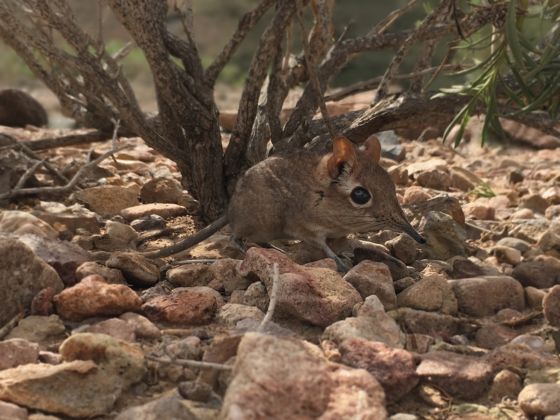Until recently, the Somali sengi, the least-documented species of elephant shrews in the world, was lost to science. The small mammal was last seen by the scientific community in 1968 in Somalia, but a team of scientists set out to find it again in Djibouti — and they were successful.
People in Djibouti knew the species was very much present in the area, and had no idea that it was lost to the international scientific community.

